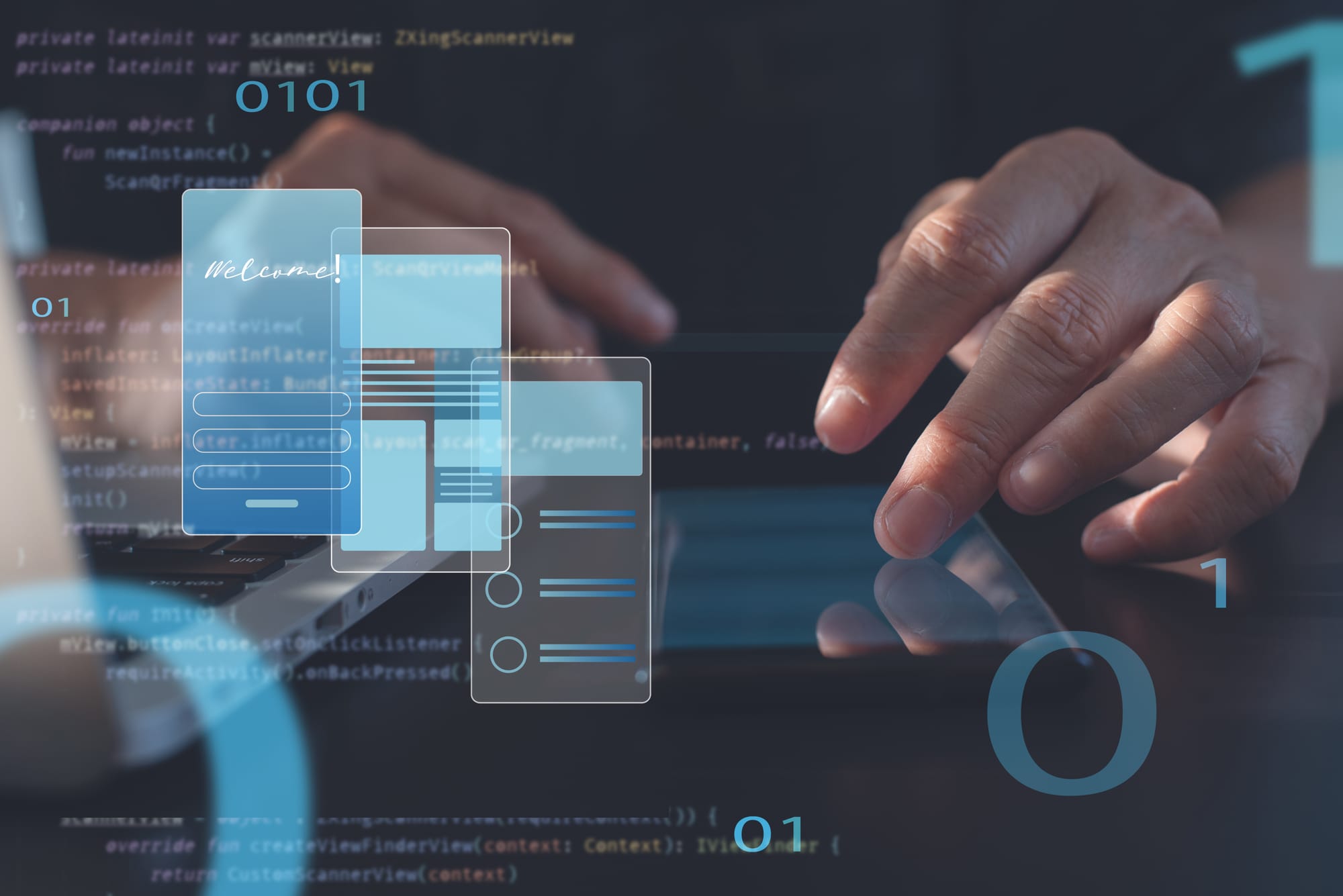OAS EXPLAINS - GUI, A GRAPHICAL USER INTERFACE

What Is a Graphical User Interface (GUI)?
A graphical user interface (GUI) is the layer of an application or operating system that allows users to interact through visual elements such as windows, icons, buttons, menus, and dashboards. GUI abstracts underlying complexity by turning command-line inputs into intuitive mouse clicks and touch gestures.
By presenting information in a visual, organized way, a GUI makes computing accessible to non-programmers and speeds up routine tasks.
A brief breakdown of the GUI Layers:
Top Layer – GUI (Graphical User Interface)
- Interfaces like dashboards, control panels, and visual tools that users interact with.
Middle Layers – Application & Management
- Business logic, automation scripts, and monitoring tools that interpret GUI actions.
Bottom Layer – Infrastructure
- Physical servers, cloud platforms, and networking components that execute tasks.
Importance of GUI in IT Infrastructure
1. Operational Efficiency
- Visual dashboards aggregate metrics (CPU, memory, network traffic) in real time, cutting troubleshooting time by up to 50%.
- Drag-and-drop configuration wizards simplify provisioning of new servers, storage, and network segments.
- Batch operations on multiple resources (e.g., restarting virtual machines) can be done with a few clicks.
2. Accessibility and Onboarding
- Teams with diverse skill levels can learn faster with visual cues instead of memorizing commands.
- Role-based access controls in GUI consoles let administrators expose only necessary functions, reducing risk.
- Interactive walkthroughs and contextual help widgets accelerate new staff training.
3. Error Reduction and Consistency
- Form-based inputs validate settings (IP addresses, DNS entries) before applying changes, preventing misconfigurations.
- Template libraries and blueprints enforce standardized deployments across development, staging, and production.
- Audit trails in GUI panels log who changed what and when, aiding compliance
4. Holistic Visibility
- Unified maps of on-premise and cloud resources reveal interdependencies at a glance.
- Heatmaps and alerts highlight performance bottlenecks before they cascade into outages.
- Historical charts help capacity-planning teams predict hardware refresh cycles.
Balancing GUI with Other Interfaces
While GUIs excel at accessibility and visualization, they sometimes lack the script ability and speed of command-line interfaces (CLIs).
Many teams adopt a hybrid approach:
- GUI for daily monitoring, scheduled reports, and ad-hoc adjustments.
- CLI or APIs for infrastructure as code, automation pipelines, and large-scale bulk operations.
Beyond the Basics:
Emerging GUI Trends
- Web-based management consoles accessible from any browser or mobile device. Chat-ops integrations where a GUI dashboard and a chat platform trigger the same underlying commands.
- AI-driven interfaces that surface recommended actions, anomaly explanations, and self-healing workflows. While you didn’t ask, consider exploring:
- How to design your own web GUI with frameworks like React or Vue for bespoke infrastructure tools.
- Integrations between your GUI and DevOps pipelines for continuous delivery.
- Security hardening of GUI endpoints, including single sign-on, multi-factor authentication, and encryption in transit.